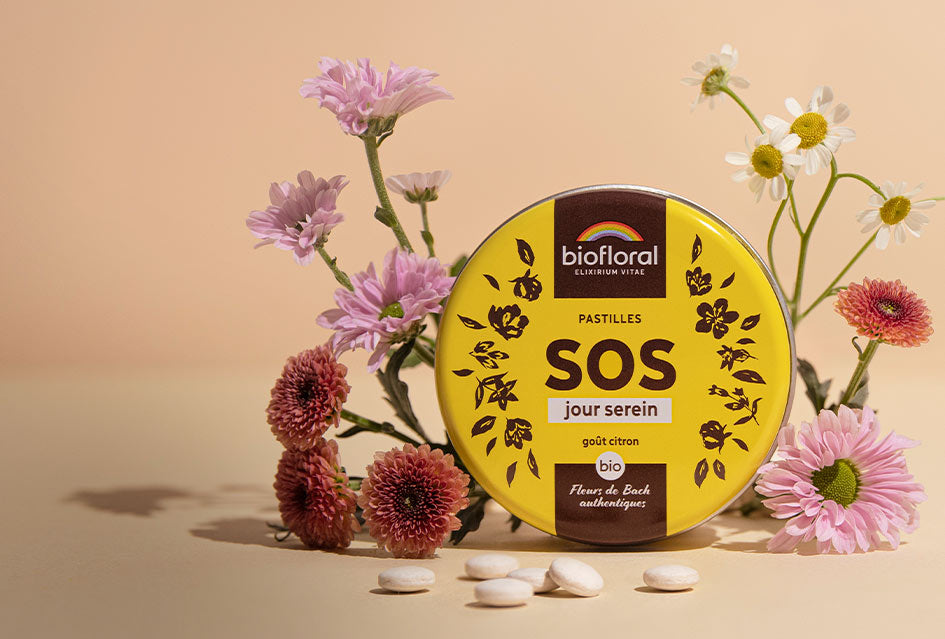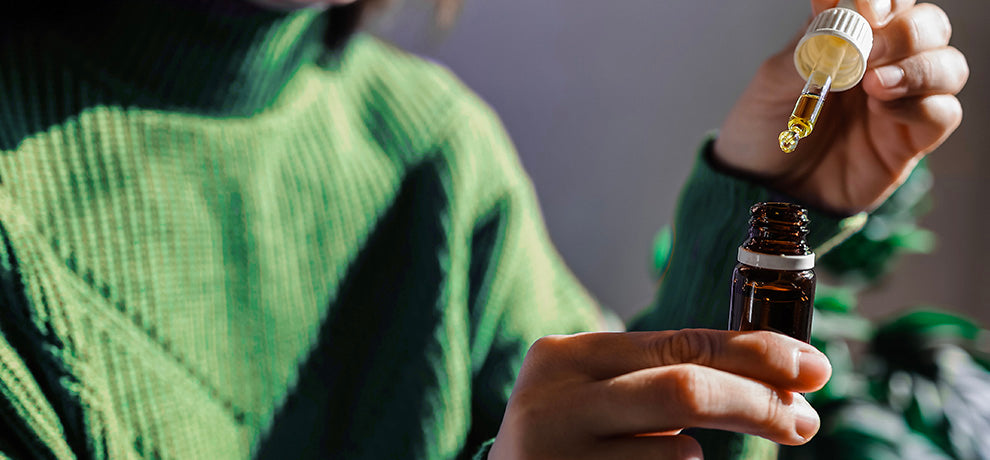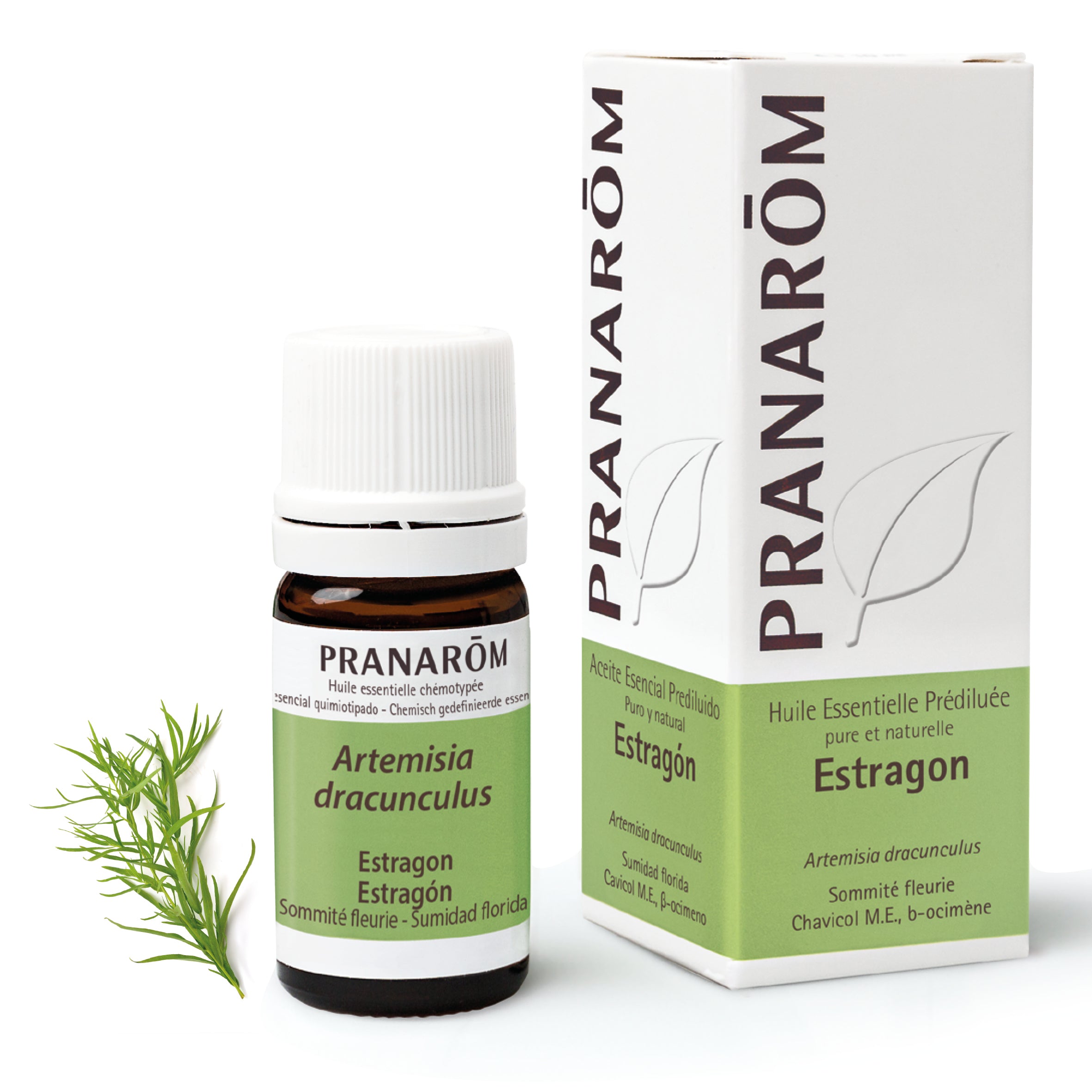
L' Estragon en prévention des allergies De plus en plus d'individus accueillent l'arrivée du printemps avec une crainte: celle du retour des pollens et donc des rhinites allergiques. Allergie = nez qui coule, éternuements intempestifs et yeux rougis... des symptômes bien désagréables pour les douces journées qui s'annoncent. On parle souvent de l'huile essentielle d'estragon dans la littérature comme une anti-allergique... L'huile essentielle d'estragon (artemisia dracunculus) contient des molécules aux propriétés anti-spasmodiques (des phénols méthyl-éther) en grande quantité. C'est ce qui lui confère son action courante décrite dans les livres d'aromathérapie : atténuer les inconforts digestifs ou les douleurs prémenstruelles. On le sait moins mais l'estragon intervient aussi dans la prévention des épisodes allergiques de saison. Il agirait à la fois comme un agent préventif "de terrain" sur les sujets allergiques (pollens, poussière, asthme allergique) et comme un anti-histaminique. Il est entendu que la prise d'estragon n'est pas aussi rapidement efficace que celle d'un médicament comme le ZYRTEC mais il semblerait que les expériences empiriques de bon nombre de patients lui attribuent une action préventive efficace et passent des printemps et des étés sans soucis. Ainsi , il est intéressant de prendre en prévention de l'arrivée des épisodes d'allergie 2 gouttes d'huile essentielle HECT d'estragon sur une mie de pain ou dans une cuiller à café d'huile d'olive, et ce deux fois par jour trois semaines avant l'arrivée des pollens (conseil issu du cours d'aromathérapie scientifique et médicale de D. Baudoux, éd. NARD 2008).









